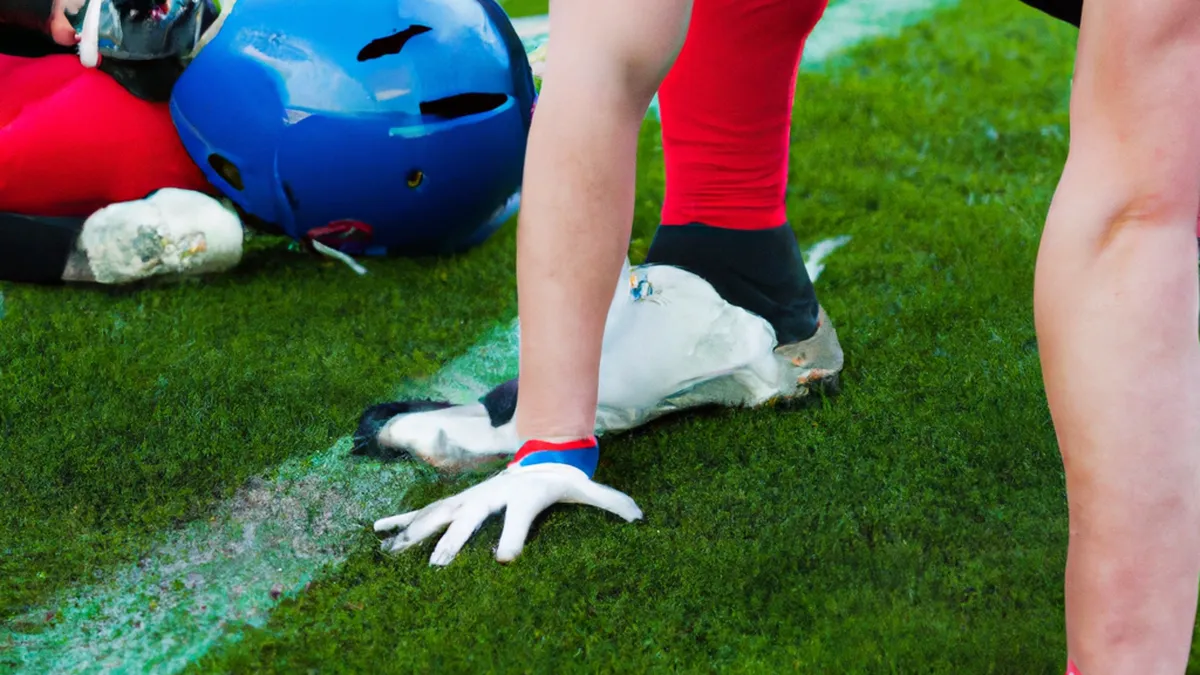Recover Fast with Pre-Workout Stretches
Essential Stretches for Common InjuriesInjuries can occur to anyone. Athletes and weekend warriors alike experience disruptions from injuries. Incorporate essential stretches to recover faster and prevent further injury. This blog post explores stretches for common injuries, how to perform them safely, and their benefits.
Understanding Common Injuries
Let’s identify some common injuries:- **Strains:** Injuries to muscles or tendons.- **Sprains:** Injuries to ligaments.- **Tendinitis:** Inflammation of tendons.- **Shin Splints:** Pain along the shin bone.Recognizing these injuries helps you select the right stretches. Each injury requires specific stretches to promote healing and flexibility.
Essential Stretches for Strains
As an Amazon Associate I earn from qualifying purchases.
Gear tip: consider stretching strap, yoga blocks, and mobility sliders to support this topic.
Strains often occur during physical activity. They affect muscle groups like the hamstrings or quadriceps. Here are two essential stretches for muscle strains:
Hamstring Stretch
1. Sit on the floor with one leg extended.2. Bend the other leg, placing the foot against the inner thigh.3. Reach towards the toes of the extended leg.4. Hold for 20-30 seconds, then switch legs.This stretch lengthens the hamstring muscle and reduces tension. Keep your back straight while reaching forward.
Quadriceps Stretch
1. Stand on one leg and grasp the ankle of the opposite leg.2. Pull the ankle towards your buttocks.3. Keep your knees together and hold for 20-30 seconds.4. Switch legs.This stretch alleviates tightness in the quadriceps. Maintain balance by holding onto a wall or chair if needed.
Essential Stretches for Sprains
Sprains usually occur in the ankle or wrist. They happen when ligaments overstretch. Here are two effective stretches for sprained areas:
Ankle Circles
1. Sit comfortably with one foot elevated.2. Rotate your foot in a circular motion, clockwise and counterclockwise.3. Perform 10 circles in each direction.This stretch improves ankle flexibility. It also reduces stiffness after an injury.
Wrist Flexor Stretch
1. Extend one arm in front, palm facing up.2. With the other hand, gently pull back on the fingers.3. Hold for 20-30 seconds, then switch hands.This stretch relieves wrist tension. It’s beneficial after a wrist sprain.
Essential Stretches for Tendinitis
Tendinitis often affects shoulders, elbows, and knees. It can cause significant discomfort. Here are two stretches to aid recovery:
Shoulder Stretch
1. Bring one arm across your body.2. Use the opposite hand to pull the arm closer.3. Hold for 20-30 seconds, then switch arms.This stretch increases shoulder joint flexibility. It helps reduce inflammation and pain.
Elbow Flexor Stretch
1. Extend one arm in front, palm facing up.2. Bend your elbow and pull back on your hand with the opposite hand.3. Hold for 20-30 seconds, then switch arms.This stretch targets muscles around the elbow. It effectively relieves discomfort from tendinitis.
Essential Stretches for Shin Splints
Shin splints cause pain along the shin bone, often from overuse. To alleviate this pain, consider these stretches:
Calf Stretch
1. Stand facing a wall with one leg forward and the other leg back.2. Keep the back heel on the ground and lean into the wall.3. Hold for 20-30 seconds, then switch legs.This stretch lengthens calf muscles. It relieves lower leg tension, crucial for shin splints.
Toe Taps
1. Sit on a chair with your feet flat on the ground.2. Lift your toes while keeping your heels on the floor.3. Tap your toes up and down for 10-15 repetitions.This exercise strengthens muscles in the front of your lower leg. It’s essential for balance and stability.
Conclusion
Incorporate essential stretches into your routine to aid recovery from common injuries. Always listen to your body and avoid pushing through pain. Gradually increase stretching intensity as you heal. Remember to hydrate and maintain a balanced diet for recovery support. With these stretches, enhance your flexibility, reduce pain, and prevent future injuries. Take time to stretch regularly and stay active for a healthier lifestyle.
Below are related products based on this post:
FAQ
What are common types of injuries that require stretching?
Common injuries include strains, sprains, tendinitis, and shin splints. Each type of injury affects different parts of the body and may require specific stretches to promote healing and flexibility.
How can stretches help with recovery from injuries?
Stretches can aid recovery by lengthening muscles, reducing tension, and improving flexibility. Incorporating the right stretches into your routine can alleviate pain and prevent further injuries.
What should I consider when performing stretches for injuries?
Always listen to your body and avoid pushing through pain. It is important to perform stretches safely, gradually increasing intensity as you heal while maintaining proper form to prevent further injury.















Post Comment